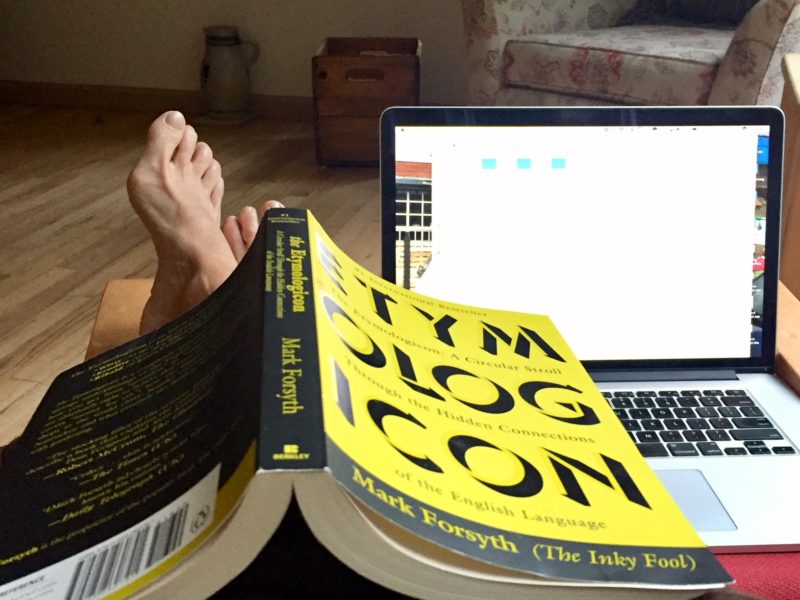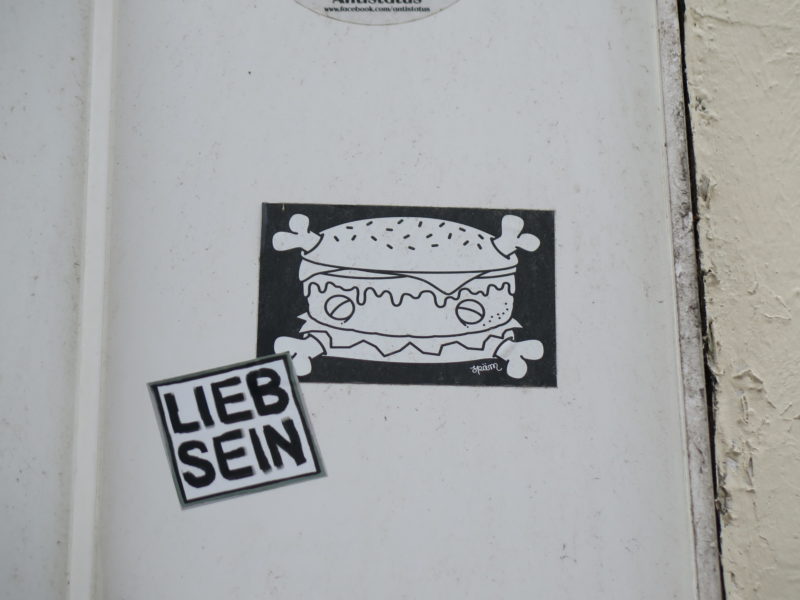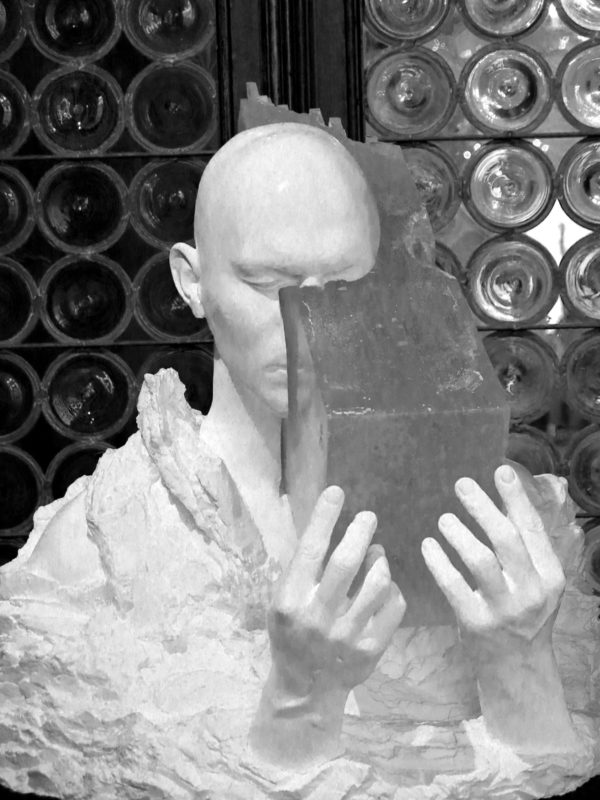Carmen Yulia Cruz – Puerto Rico Politician
We just learned that the official count of 64 hurricane Maria deaths in Puerto Rico was a bit low. A study published 2 days ago in the New England Journal of Medicine, revises the human cost of this deadly storm. “According to the study, approximately 4,645 “excess deaths” occurred between September 20th, 2017 – the day Maria made landfall on Puerto Rico – and December 31st. That makes Maria the deadliest natural disaster to hit the U.S. in 100 years, with a mortality rate twice as high as Hurricane Katrina in New Orleans in 2005.”
Why this discrepancy? What is the motivation for suppressing a true accounting of the death toll? Here is a speculative answer:
https://www.rollingstone.com/politics/news/puerto-rico-hurricane-maria-death-toll-w520914
And they are still dying. The new hurricane season begins tomorrow. To be sat out under tarps.
I spent my 60th birthday in Puerto Rico with the ones I love most. It was all orange sunsets, orange drinks, orange lilies in the carefully tended hotel garden and orange glow of the sun reflected on the plazas and the beaches. I had no clue about the history of the place and was in too festive a mood to really inquire.
I am making up for that now. I just started reading War against all Puerto Ricans by Nelson Denis, a Harvard educated attorney, film maker and former member of the New York State Assembly representing the district of Harlem. The book explains how America took colonial control of Puerto Rico, a “liberation” that served corporate interests and fought any attempts at independence with state sponsored violence. It was recommended as a read that analyses how history repeats it self over and over again on the island, with shocking consequences that mainstream America continues to ignore.
https://waragainstallpuertoricans.com
The author has integrated multiple different sources to paint a picture of a brutal knock down of the national independence movement and imprisonment, torture and unresolved death of its leader, Pedro Albizu Campos. It is chilling to read. I have not yet gotten to the part where solutions are offered, just the announcement that obvious solutions are available but blocked by the U.S. I’ll keep you posted.
Below is a Democracy Now segment that speaks to the issues in a short and lucid discussion, the author among the panelists.
(Photographed lilies are Portland based, I lost all of my photographs from the Puerto Rico trip….)
There will be no obituaries for the ones who perished. We must honor their memory in other ways – perhaps by getting the vote out in November.






















 RIP.
RIP.















































 Reading James Baldwin or Ta-Nehisi Coates we have probably all shared the stirring experience of an elder transmitting their insights, beliefs and warnings to a younger generation. Ghobash’s Letters to a Young Muslim follow that tradition and I look eagerly forward to reading it.
Reading James Baldwin or Ta-Nehisi Coates we have probably all shared the stirring experience of an elder transmitting their insights, beliefs and warnings to a younger generation. Ghobash’s Letters to a Young Muslim follow that tradition and I look eagerly forward to reading it. Peter Steinberger’s The Problem with God – Why Atheists, True Believers, and even Agnostics must all be wrong certainly had my head spinning when I first read it. I leave our dinner table conversations to your imagination…..
Peter Steinberger’s The Problem with God – Why Atheists, True Believers, and even Agnostics must all be wrong certainly had my head spinning when I first read it. I leave our dinner table conversations to your imagination…..